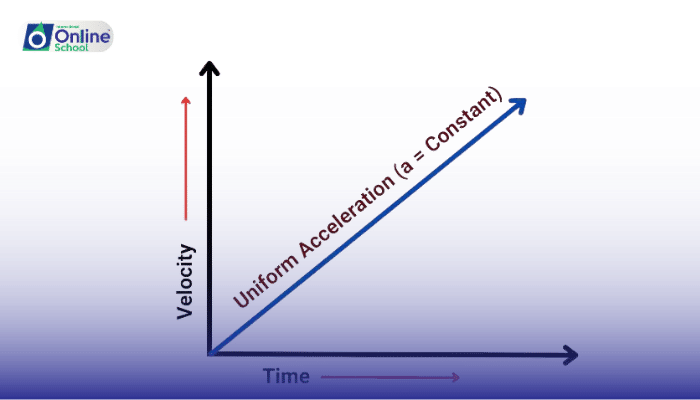
Learning Outcomes
i. Define uniformly accelerated motion and its characteristics.
ii. Understand the three equations of uniformly accelerated motion and their relationship to displacement, velocity, acceleration, and time.
iii. Apply the equations of uniformly accelerated motion to solve problems involving various combinations of displacement, velocity, acceleration, and time.
iv. Analyze and interpret the results obtained from solving problems involving uniformly accelerated motion.
v. Recognize the limitations of the equations of uniformly accelerated motion in certain situations.
Introduction
In the realm of physics, uniformly accelerated motion represents a special type of motion where an object experiences a constant acceleration. This means the object's velocity changes at a constant rate throughout the time interval. The equations of uniformly accelerated motion provide a mathematical framework for describing and analyzing this type of motion.
i. The Three Equations of Uniformly Accelerated Motion
The three equations of uniformly accelerated motion are:
- v = u + at
This equation relates the initial velocity (u), final velocity (v), acceleration (a), and time (t). The final velocity is the velocity of the object after a time interval t has elapsed, starting from an initial velocity u.
- s = ut + ½at²
This equation relates the displacement (s), initial velocity (u), acceleration (a), and time (t). The displacement represents the total change in position of the object during the time interval t.
- v² = u² + 2as
This equation relates the final velocity (v), initial velocity (u), acceleration (a), and displacement (s). It combines the information from the previous two equations.
ii. Applying the Equations to Solve Problems
The equations of uniformly accelerated motion can be applied to solve a variety of problems involving displacement, velocity, acceleration, and time. By substituting known values into the appropriate equations, we can determine unknown values.
iii. Analyzing and Interpreting Results
After solving problems involving uniformly accelerated motion, it is crucial to analyze and interpret the results. This involves ensuring that the values obtained make physical sense and are consistent with the given information.
iv. Limitations of the Equations
The equations of uniformly accelerated motion are applicable only under certain conditions. They assume that the acceleration remains constant throughout the motion, and they do not account for factors such as air resistance or external forces.
The equations of uniformly accelerated motion are powerful tools for analyzing and solving problems involving motion with constant acceleration. By understanding these equations and their limitations, we gain valuable insights into the behavior of objects in various physical scenarios.